Home>Construction & Tools>Building Materials>How To Cut A Paver Brick
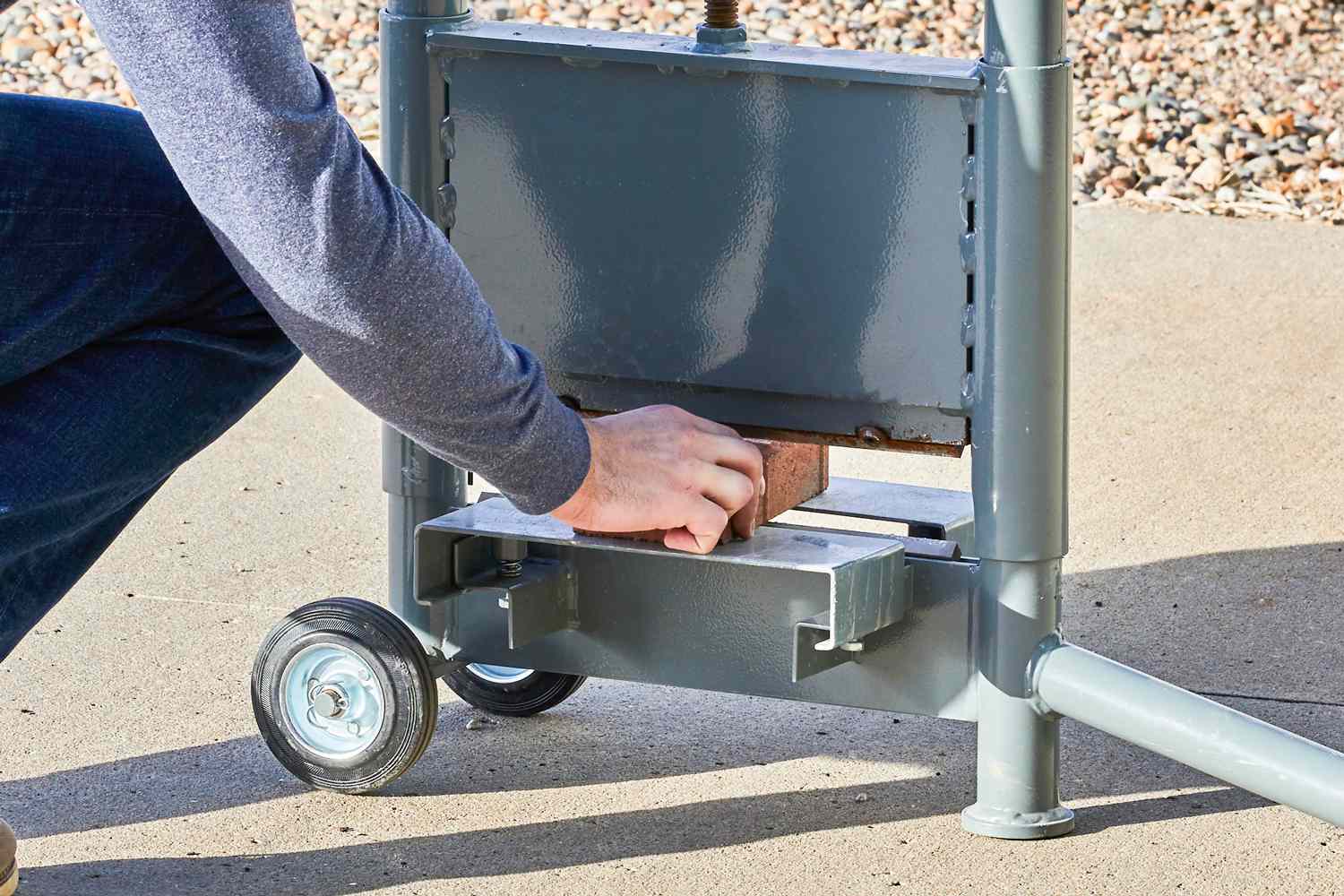

Building Materials
How To Cut A Paver Brick
Modified: February 17, 2024
Learn the best techniques for cutting paver bricks and creating precise, professional results with this comprehensive guide. Discover the essential tools and step-by-step instructions for successful paver brick cutting. Ideal for DIY enthusiasts and professionals in the building materials industry.
(Many of the links in this article redirect to a specific reviewed product. Your purchase of these products through affiliate links helps to generate commission for Storables.com, at no extra cost. Learn more)
Introduction
When it comes to enhancing the aesthetic appeal of your outdoor space, paver bricks are an excellent choice. These versatile building materials can be used to create stunning walkways, patios, and other hardscape features. However, there are times when you may need to customize the shape or size of a paver brick to fit a specific area or design. In such cases, knowing how to cut a paver brick properly is essential.
In this comprehensive guide, we will walk you through the step-by-step process of cutting a paver brick with precision and safety in mind. Whether you are a seasoned DIY enthusiast or a novice looking to tackle your first outdoor project, mastering this skill will empower you to bring your creative visions to life.
From the essential tools and materials needed to safety precautions and the actual cutting process, we’ve got you covered. By the end of this guide, you’ll have the knowledge and confidence to expertly cut paver bricks for your next outdoor project.
Key Takeaways:
- Cutting paver bricks requires precision and safety. Gather the right tools, mark the cut lines accurately, and finish the edges for a professional look. Prioritize safety and attention to detail for successful results.
- Mastering the art of cutting paver bricks empowers you to bring outdoor design visions to life. With the right tools and techniques, you can create stunning hardscape features while prioritizing safety at every step.
Read more: What Is A Brick Paver
Tools and Materials Needed
Before you embark on the process of cutting paver bricks, it’s crucial to gather the necessary tools and materials. Having the right equipment at your disposal will not only make the task more manageable but also contribute to achieving precise and professional results. Here’s what you’ll need:
Tools:
- Masonry saw or wet tile saw: A high-quality masonry saw equipped with a diamond blade is ideal for cutting through dense materials like paver bricks. If a masonry saw is not available, a wet tile saw can also be used with a diamond blade designed for cutting pavers.
- Safety goggles: Protecting your eyes from airborne debris is paramount during the cutting process. Ensure that your safety goggles provide a snug and comfortable fit.
- Ear protection: The operation of power tools can generate significant noise. Wearing ear protection, such as earmuffs or earplugs, is essential for safeguarding your hearing.
- Dust mask: Cutting paver bricks produces fine dust particles that can be harmful if inhaled. A dust mask or respirator will help minimize exposure to airborne dust.
- Straight edge or square: A reliable straight edge or square will aid in marking precise cut lines on the paver bricks.
- Chalk or pencil: Use chalk or a pencil to mark the cut lines clearly and accurately on the surface of the paver bricks.
- Work gloves: Sturdy work gloves provide protection for your hands and improve your grip when handling the paver bricks.
Materials:
- Paver bricks: Ensure that you have an adequate supply of paver bricks for your project, allowing for any potential errors or extra cuts that may be required.
- Water (if using a wet tile saw): If you are utilizing a wet tile saw for cutting, you will need a water source to keep the blade cool and minimize dust.
By assembling these tools and materials, you’ll be well-prepared to commence the paver brick cutting process with confidence and efficiency.
Safety Precautions
Before diving into the task of cutting paver bricks, it’s crucial to prioritize safety. Working with power tools and dense materials requires a heightened awareness of potential hazards. By adhering to the following safety precautions, you can mitigate risks and ensure a secure working environment:
Read more: How To Install Brick Pavers
Protective Gear:
Prior to commencing the cutting process, don the appropriate protective gear. Safety goggles will shield your eyes from flying debris, while ear protection will safeguard your hearing from the noise generated by power tools. Additionally, a dust mask or respirator is essential to minimize inhalation of fine dust particles produced during cutting.
Stable Work Surface:
Ensure that the work surface is stable and level to prevent any unexpected movement or instability while cutting the paver bricks. This will contribute to precise and controlled cuts, reducing the likelihood of accidents.
Secure Grip:
When handling the paver bricks, wear sturdy work gloves to enhance your grip and protect your hands from potential abrasions or cuts. A secure grip is essential for maintaining control and stability during the cutting process.
Mindful Operation:
Exercise caution and mindfulness when operating the masonry saw or wet tile saw. Familiarize yourself with the tool’s functionality and safety features before use. Additionally, be mindful of the blade’s position and the location of your hands at all times to prevent accidental contact with the cutting mechanism.
Read more: How To Paint Brick Pavers
Proper Ventilation:
Work in a well-ventilated area or consider using a portable dust extraction system to minimize the concentration of airborne dust. Adequate ventilation contributes to a healthier work environment and reduces the inhalation of potentially harmful particles.
Follow Manufacturer’s Guidelines:
Adhere to the manufacturer’s guidelines and recommendations for the safe operation of the masonry saw or wet tile saw. Familiarize yourself with the tool’s specific safety instructions and operational procedures to mitigate potential risks.
By prioritizing safety and implementing these precautions, you can create a secure and controlled environment for cutting paver bricks, ensuring a successful and injury-free project.
Step 1: Marking the Cut Line
Accurate and precise markings are essential for achieving clean and professional-looking cuts on paver bricks. Follow these steps to mark the cut line effectively:
Prepare the Work Area:
Begin by setting up a stable work surface in a well-ventilated area. Ensure that the paver brick is firmly positioned and will not shift during the marking process.
Read more: How To Remove A Paver Brick
Measure and Mark:
Using a straight edge or square, measure and mark the cut line on the surface of the paver brick. Utilize a chalk or pencil to create a clear and visible guideline for the cutting process. Double-check the accuracy of the markings to avoid errors during cutting.
Consider Expansion Gaps:
If the paver brick will be part of a larger paved area, consider incorporating expansion gaps into your design. These gaps allow for natural expansion and contraction of the paver surface due to temperature changes, reducing the likelihood of cracking or shifting over time.
Multiple Cuts:
If you require multiple paver bricks with identical dimensions, use the initial brick as a template to mark the cut lines on subsequent bricks. This approach ensures consistency and uniformity across the project.
By meticulously marking the cut lines on the paver bricks, you set the stage for precise and seamless cutting in the subsequent steps, ultimately contributing to the overall quality and visual appeal of your outdoor project.
Step 2: Cutting the Paver Brick
With the cut lines clearly marked on the paver brick, it’s time to proceed with the cutting process. Follow these steps to execute the cutting with precision and efficiency:
Read more: How To Seal Brick Pavers
Prepare the Cutting Tool:
If using a masonry saw or wet tile saw, ensure that the appropriate diamond blade designed for cutting paver bricks is securely in place. Familiarize yourself with the tool’s operational features and safety mechanisms before proceeding.
Personal Protective Equipment:
Prioritize safety by donning protective gear, including safety goggles, ear protection, and a dust mask or respirator. Confirm that the work area is well-ventilated to minimize the concentration of airborne dust.
Cutting Technique:
Position the paver brick securely on the cutting surface, aligning the marked cut line with the blade of the saw. Exercise caution and maintain a steady hand as you guide the brick through the cutting mechanism. Apply gentle and consistent pressure to facilitate a smooth and controlled cut.
Wet Cutting (if applicable):
If utilizing a wet tile saw, ensure that the water source is supplying a continuous stream to the blade during the cutting process. This serves to cool the blade and minimize the production of airborne dust, resulting in cleaner cuts and a healthier work environment.
Read more: How To Lay Brick Pavers
Multiple Passes:
For thicker paver bricks, it may be necessary to make multiple passes with the cutting tool to achieve the desired depth of the cut. Exercise patience and avoid forcing the brick through the blade, as this can compromise the quality of the cut and pose safety risks.
By meticulously following these steps, you can confidently execute the cutting process, resulting in accurately shaped paver bricks that align with your design specifications and project requirements.
Step 3: Finishing the Cut
After completing the initial cutting process, it’s essential to ensure that the paver brick’s edges are refined and free from any roughness or irregularities. Follow these steps to finish the cut with precision and attention to detail:
Inspect the Cut:
Upon completing the cutting process, carefully inspect the cut edges of the paver brick to identify any rough or uneven areas. This visual assessment will guide you in determining the extent of refinement required to achieve a polished and professional finish.
Use a Diamond Blade or Stone Chisel:
If the cut edges exhibit roughness, utilize a diamond blade or stone chisel to refine and smooth out any imperfections. Gently run the blade or chisel along the cut edges, applying controlled pressure to gradually refine the surface.
Read more: How To Cut Brick
Deburring the Edges:
To eliminate any burrs or sharp protrusions along the cut edges, use a stone file or sandpaper to carefully deburr the surface. This step contributes to creating safe and visually appealing paver bricks for your project.
Clean the Paver Brick:
After refining the cut edges, thoroughly clean the paver brick to remove any residual dust or debris. This step ensures that the paver brick is free from contaminants and ready for installation or further use in your outdoor project.
Quality Assurance:
Conduct a final inspection to verify that the cut paver brick meets your quality standards and design specifications. Address any remaining imperfections to achieve a flawless and professional finish.
By meticulously attending to the finishing details, you can elevate the overall quality and visual appeal of the cut paver bricks, ensuring that they seamlessly integrate into your outdoor landscape or hardscape design.
Conclusion
Cutting paver bricks is a fundamental skill that empowers DIY enthusiasts and professionals alike to customize outdoor spaces with precision and creativity. By mastering the art of cutting paver bricks, you unlock the potential to bring your design concepts to life and create stunning hardscape features that enhance the beauty and functionality of outdoor environments.
Throughout this guide, we’ve emphasized the importance of meticulous preparation, safety precautions, and a methodical approach to the cutting process. From marking the cut lines with precision to executing the cuts with care and refinement, each step plays a crucial role in achieving exceptional results.
As you embark on your paver brick cutting journey, remember to prioritize safety at every stage of the process. Equipping yourself with the necessary tools and protective gear, maintaining a stable work environment, and adhering to best practices for tool operation are essential components of a successful and secure cutting experience.
Furthermore, attention to detail during the finishing stage ensures that the cut paver bricks exhibit a polished and professional appearance, ready to seamlessly integrate into your outdoor projects.
Armed with the knowledge and insights from this guide, you are well-equipped to tackle cutting paver bricks with confidence and precision. Whether you’re crafting a captivating patio, a winding walkway, or a striking hardscape feature, the ability to cut paver bricks opens the door to endless possibilities for transforming outdoor spaces into inviting and visually stunning areas.
By honing your skills in cutting paver bricks, you can unleash your creativity and elevate the allure of outdoor landscapes, leaving a lasting impression with meticulously crafted hardscape designs.
Frequently Asked Questions about How To Cut A Paver Brick
Was this page helpful?
At Storables.com, we guarantee accurate and reliable information. Our content, validated by Expert Board Contributors, is crafted following stringent Editorial Policies. We're committed to providing you with well-researched, expert-backed insights for all your informational needs.
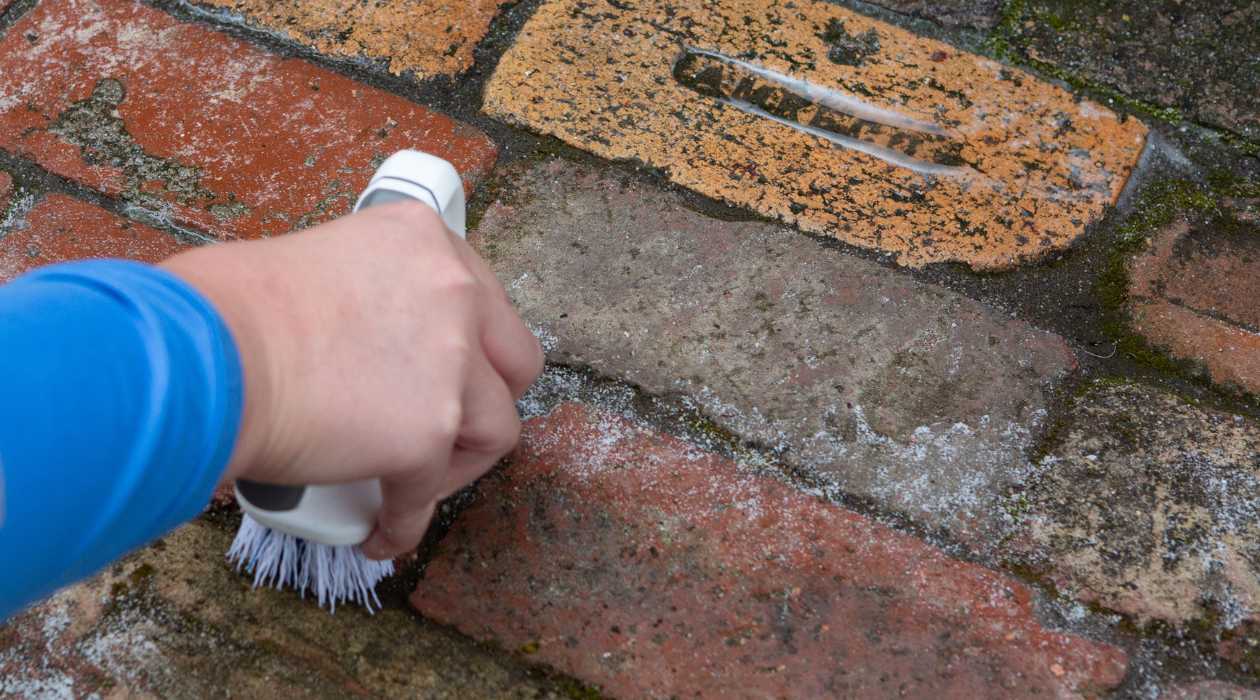
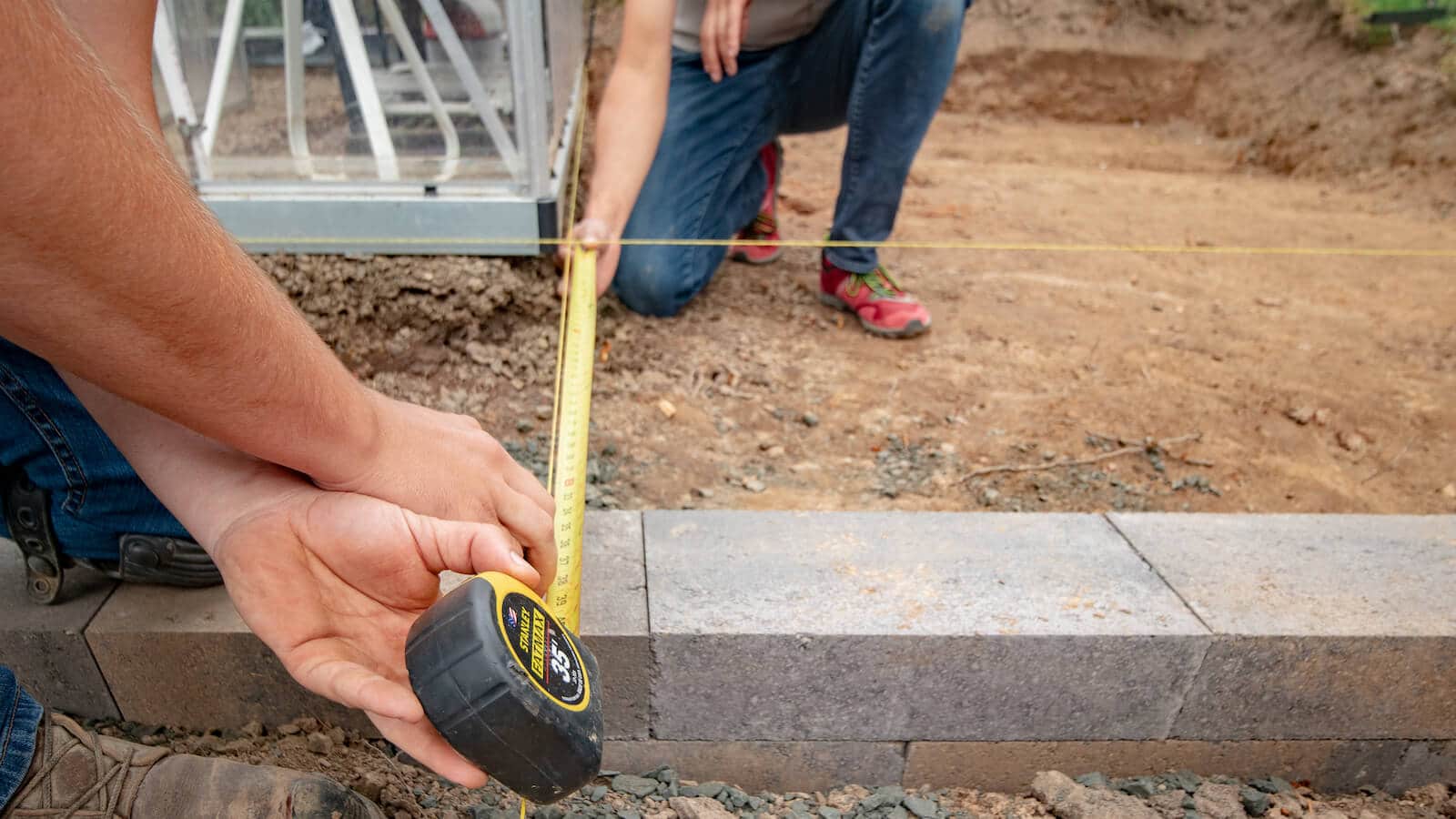
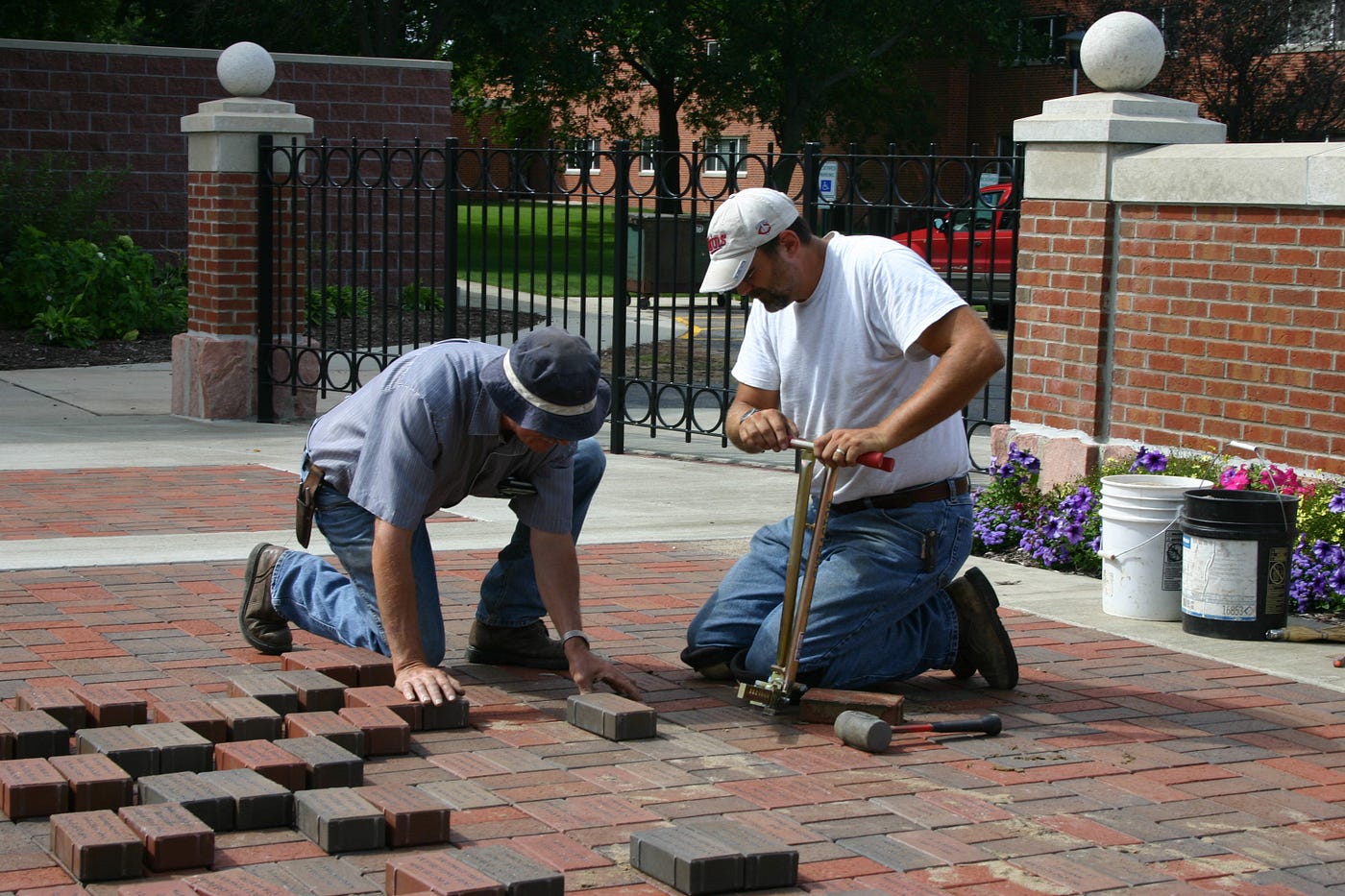
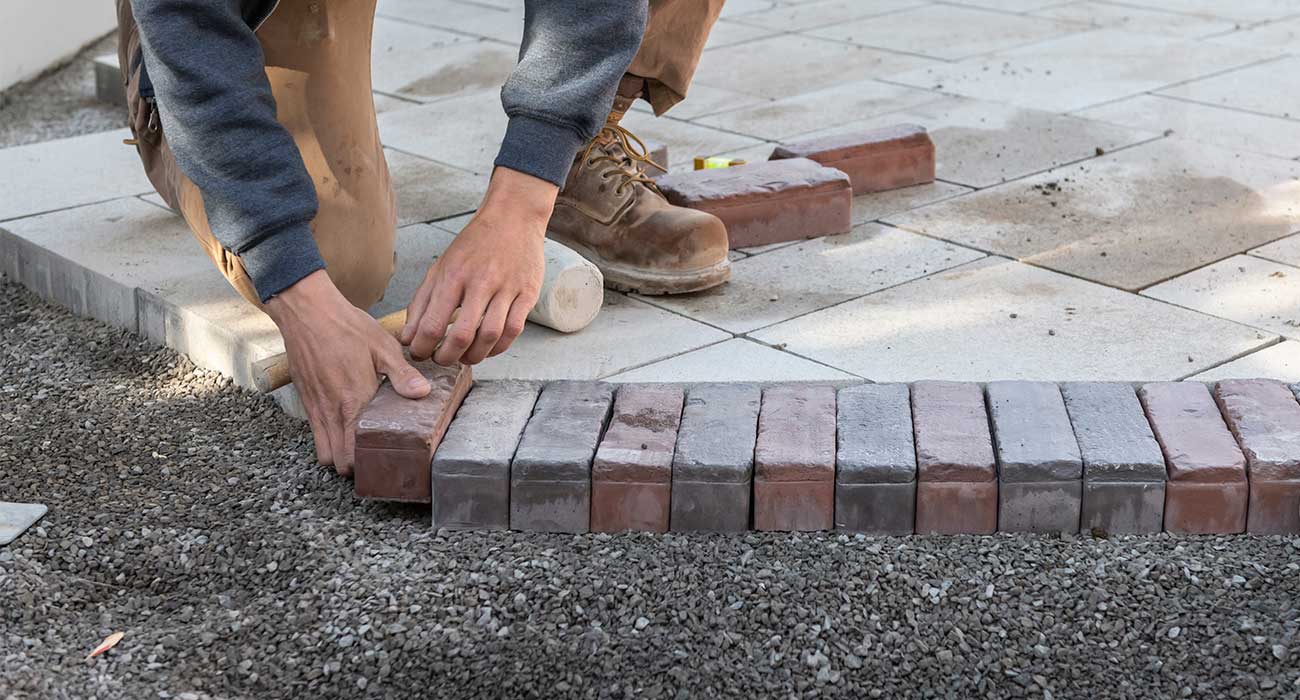
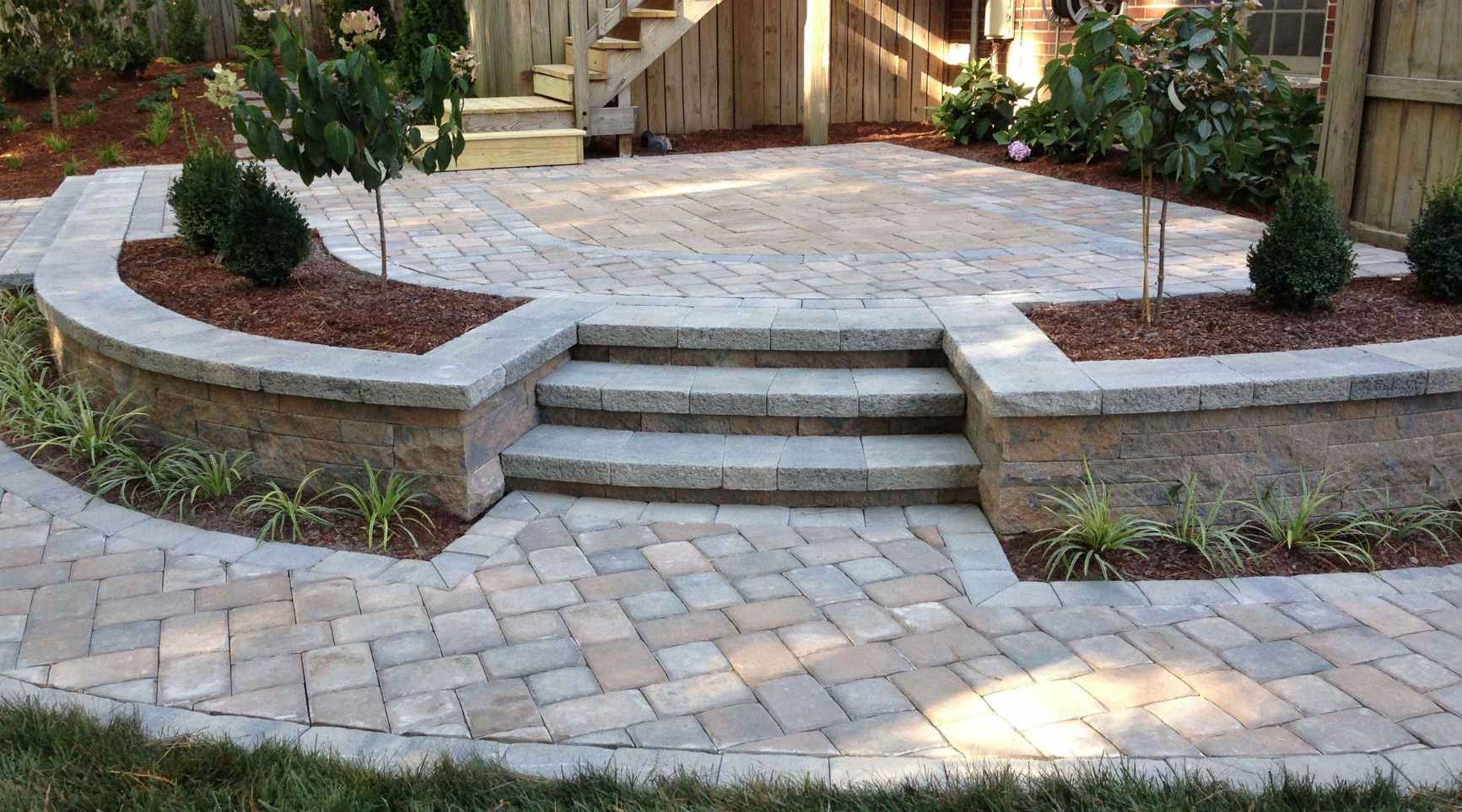
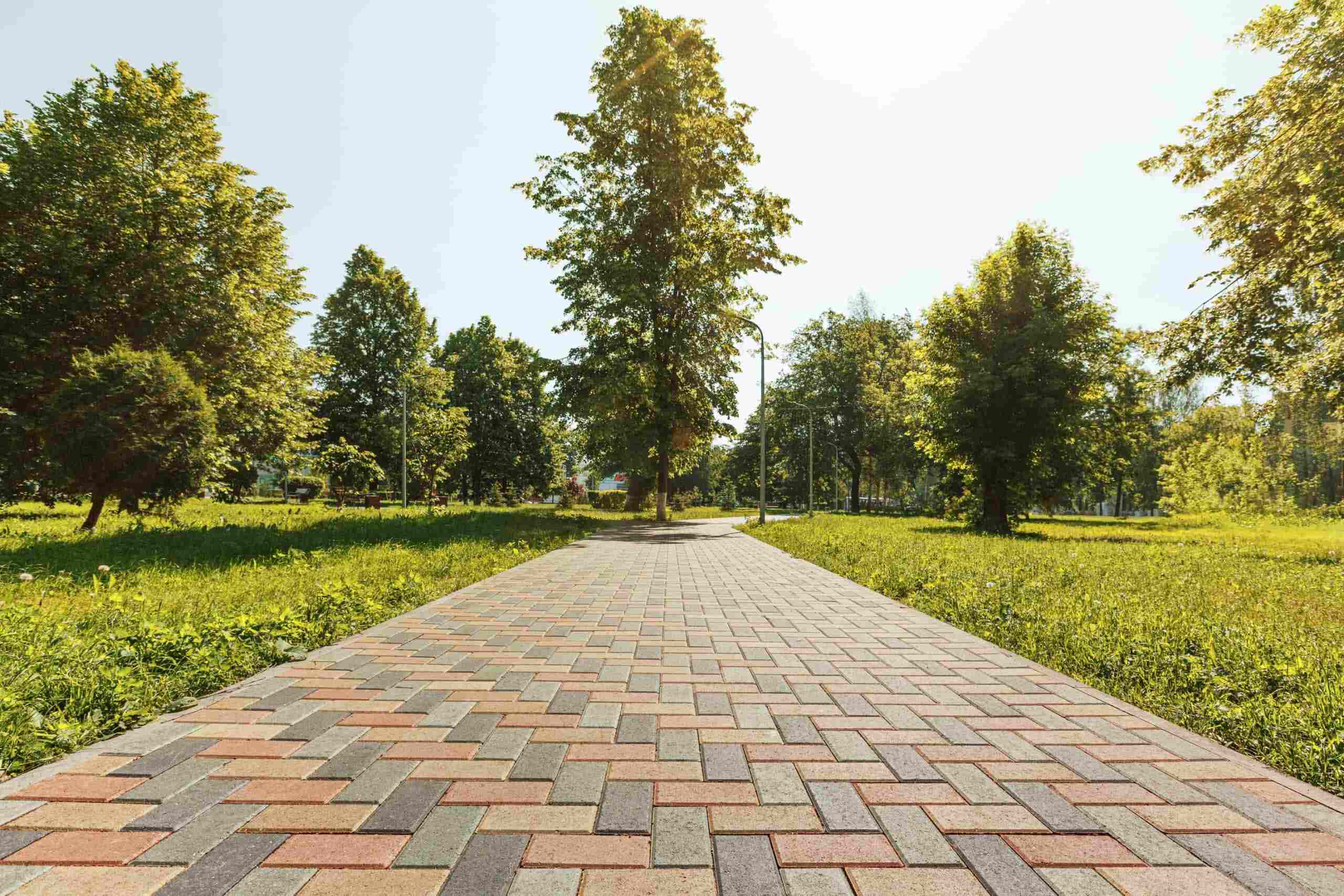

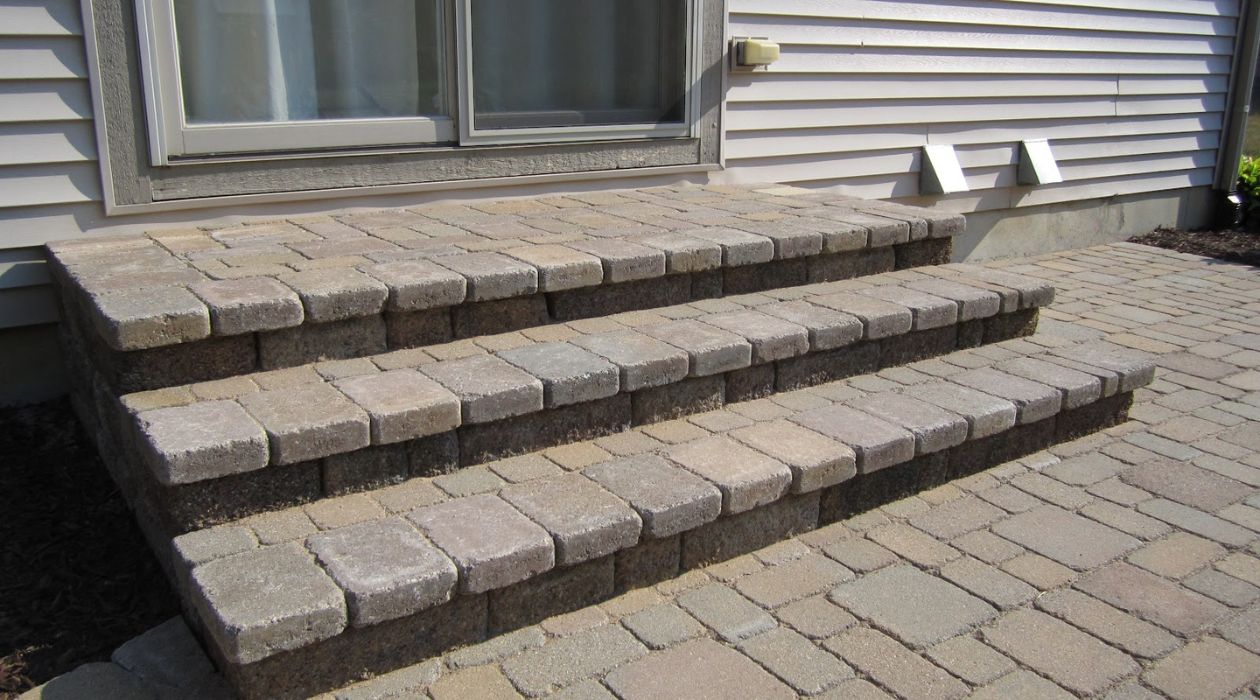
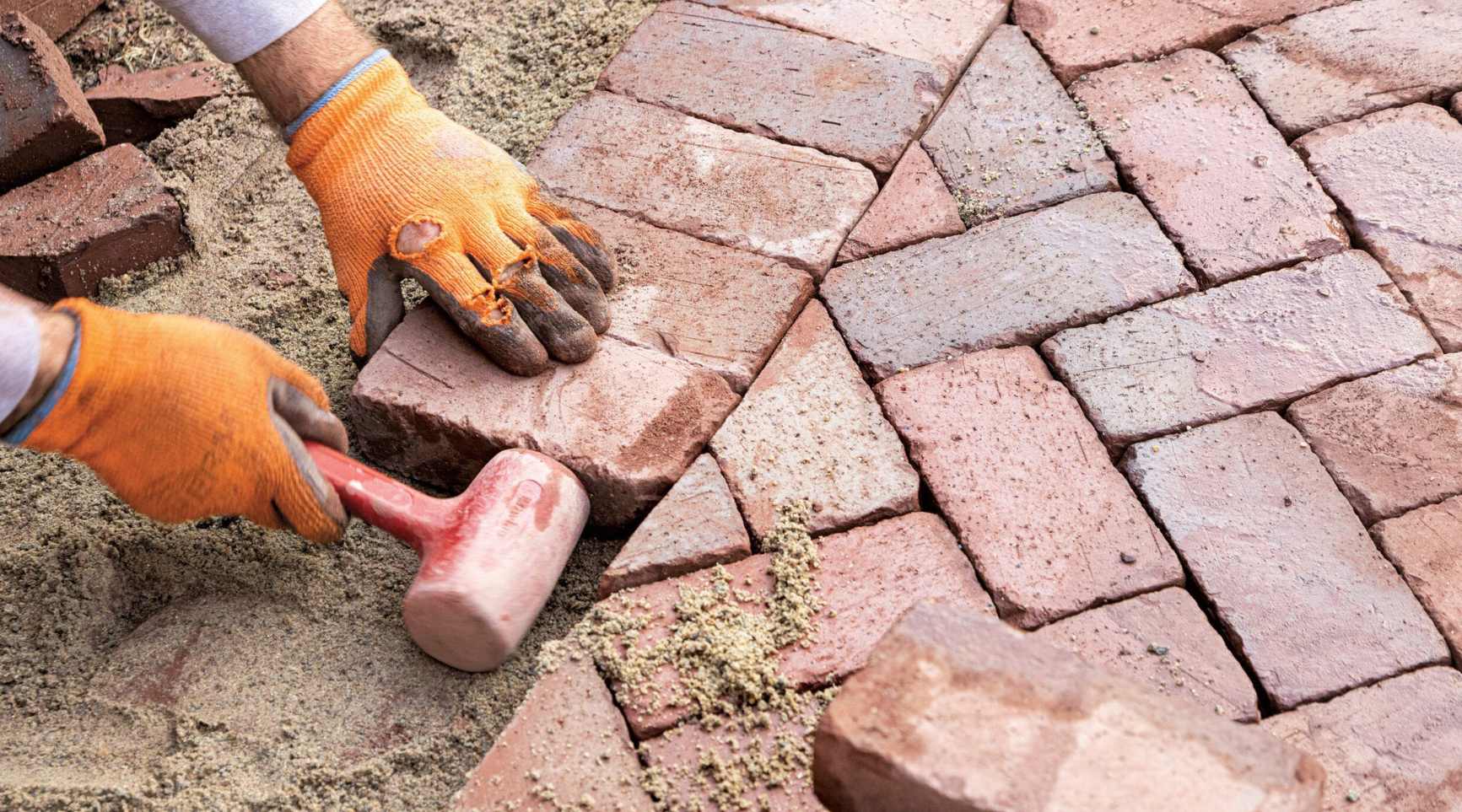

0 thoughts on “How To Cut A Paver Brick”